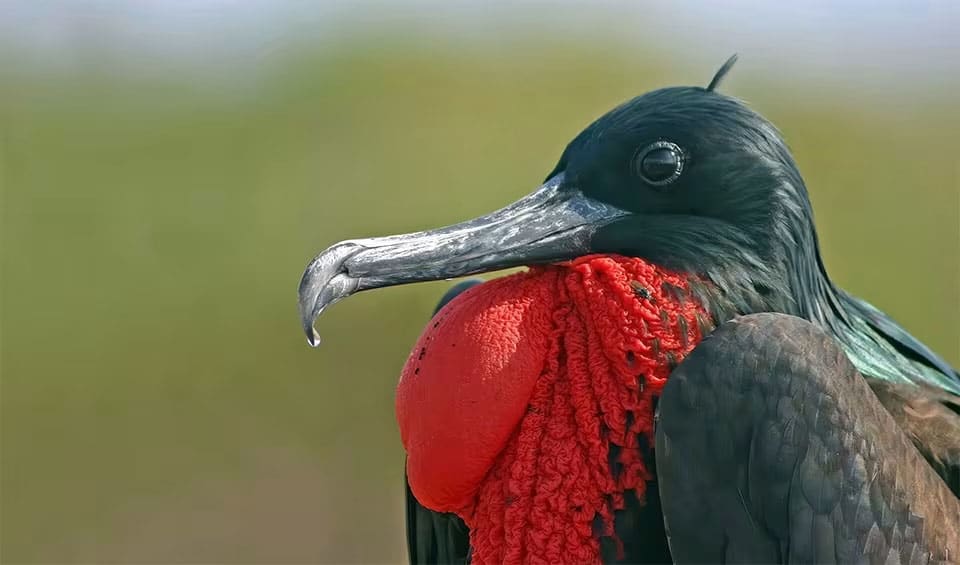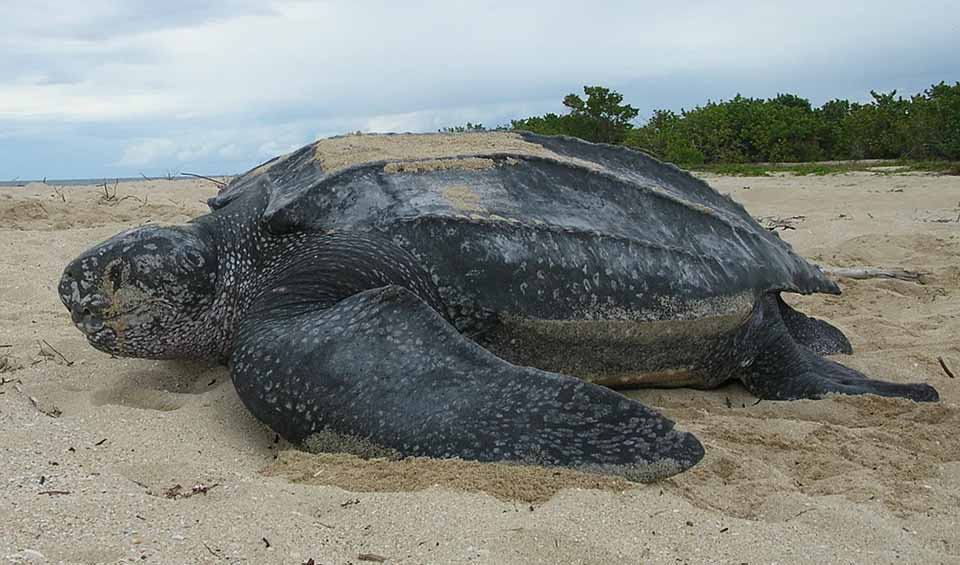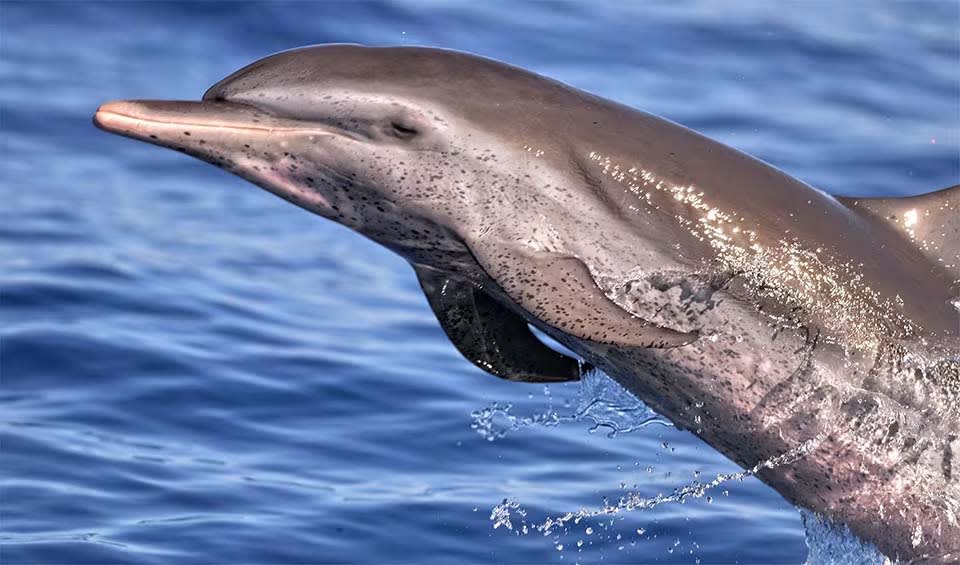Tuvalu, a remote island nation in the Pacific Ocean, is located midway between Hawaii and Australia. Comprising nine small islands, Tuvalu covers a total land area of about 26 km² (10 mi²), making it one of the smallest and most isolated countries in the world. Despite its size, Tuvalu is renowned for its stunning natural beauty, rich marine life, and vibrant culture. With a population of around 11,000 people, this low-lying atoll nation faces unique challenges and opportunities related to its environmental heritage.
The waters surrounding Tuvalu are home to vibrant coral reefs that support a diverse array of marine life. These reefs are essential to the islands’ ecological balance, providing habitats for fish, crustaceans, and other marine species.
Four pillars elaborated:
Tuvalu has taken significant strides in conserving its rich biodiversity through the establishment of protected areas. Notably, the Funafuti Conservation Area, spanning 33 square kilometers on the western reef area of Funafuti atoll, serves as a critical marine sanctuary, providing habitats for endangered species such as the green sea turtle and the black noddy. Additionally, the country has designated four Marine Protected Areas (MPAs) and four Locally Managed Marine Areas (LMMAs) across its outer islands, emphasizing the importance of safeguarding marine life and habitats. Land Management
Land Management
Furthermore, Tuvalu’s commitment extends to its diverse islands, with 10 conservation areas spread across 8 of the 9 islands, serving as biodiversity hotspots and preserving natural habitats. Management plans for each area aim to ensure effective protection and sustainable utilization of resources.
Perceived threats to biodiversity in Tuvalu primarily stem from harmful human actions and negative attitudes toward the environment. These include littering, over-fishing and hunting, the use of fishing nets and modern fishing methods, the introduction of pests, and the use of inappropriate technologies such as inadequate waste disposal systems. Additionally, the uncontrolled use of resources and livestock, rising consumption patterns due to population growth and changing lifestyles, institutional weaknesses, and a lack of knowledge contribute to the problem. Threats to Biodiversity
Threats to Biodiversity
Climate change poses the greatest long-term threat to Tuvalu’s biodiversity, increasing the islands’ vulnerability to tropical storms, which is exacerbated by the reduction in tree cover and reef damage. Invasive and alien species also threaten biodiversity, with nearly 65% of Tuvalu’s flora being non-native.
Between 2007 and 2009, Tuvalu implemented several environmental projects, including a solid waste management plan, new conservation areas, and Environment Impact Assessment policies. The National Development Act, effective from June 2008, explicitly protects biodiversity and outlines the Department of the Environment’s role. Tuvalu has established 10 conservation areas across 8 of its 9 islands, most managed by local communities through traditional systems, with only one formalized by legislation. The Funafuti Marine Conservation Area was created with support from various international programs. Since 2009, extensive consultations with local communities have led to more conservation areas under local island councils. Capacity and Governance
Capacity and Governance
The challenge remains to develop ongoing, self-financing management systems, with management plans being prepared for these areas. Additional biodiversity initiatives include monitoring turtles, establishing a plant genetic collection, and collaborating on regional whale, dolphin, and turtle action plans. The local NGO TANGO has also been active in planting trees and mangroves, establishing conservation areas, and producing management plans.
Tuvalu’s National Biodiversity Strategy and Action Plan (NBSAP) for 2030 outlines the country’s comprehensive approach to biodiversity conservation, including an overview of biodiversity status, trends, and threats, and the socio-cultural and economic importance of plants and aquatic species. The plan details the current state of biodiversity conservation in Tuvalu, covering legal and institutional frameworks, land tenure, and land-use practices. It emphasizes integrating biodiversity concerns into relevant sectors and provides a framework for environmental and biodiversity conservation, aligning with the objectives of the Convention on Biological Diversity. Additionally, the NBSAP supports the Millennium Development Goals (MDGs) and contributes to broader biodiversity conservation efforts. Future Trends
Future Trends
Biodiversity
Tuvalu’s rich biodiversity reflects its diverse marine and terrestrial ecosystems. The flora includes tropical plants like coconut palms, pandanus, and breadfruit trees, which provide food and materials for local communities. Coastal vegetation, including mangroves and beach morning glory, plays a crucial role in stabilizing shorelines and preventing erosion.The fauna is predominantly marine, with coral reefs hosting various fish species such as parrotfish, surgeonfish, and butterflyfish. Sea turtles, including the green and hawksbill turtles, are frequently seen in Tuvalu’s waters. The islands serve as important nesting sites for seabirds like the black noddy and white tern. Terrestrial wildlife is limited but includes lizards, crabs, and insects adapted to the island environment.
In the table below are the number of known species in several main groups, how many of these species are Threatened with extinction, and how many of them are Endemic (unique to Tuvalu only):
| Species (World rank) |
Threatened | % Threatened | Endemic | % Endemic | |
|---|---|---|---|---|---|
| Mammals | 21 (#200) | 2 | 9.5% | ||
| Birds | 18 (#211) | ||||
| Reptiles | 6 (#197) | 3 | 50.0% | 1 | 16.7% |
| Amphibians | |||||
| Fishes | 194 (#167) | 16 | 8.2% | ||
| Plants | 362 (#201) |
birds
Leachs storm petrel
These petrels stylishly ride the ocean waves like they own the winds
Red-tailed tropicbird
They dance along with their gorgeous red tails to attract partners in a faithful courtship
Great frigatebird
These birds spend weeks in the air and hunt, preen and even sleep while in flight
reptiles
Leatherback sea turtle
The mysterious diver of the ocean is the largest and only sea turtle without a hard shell and scales
Flatback sea turtle
The only sea turtle exclusive to Australia
Yellow-bellied sea snake
The most widespread species of snakes on earth are found throughout the Indian and Pacific Oceans and from Africa to Central America
National Animals
Pantropical spotted dolphin
A champion swimmer and a social butterfly of the warm seas
White tern
Often called “Fairy Terns” or “Angel Terns” Because of their pure white plumage and graceful flight












